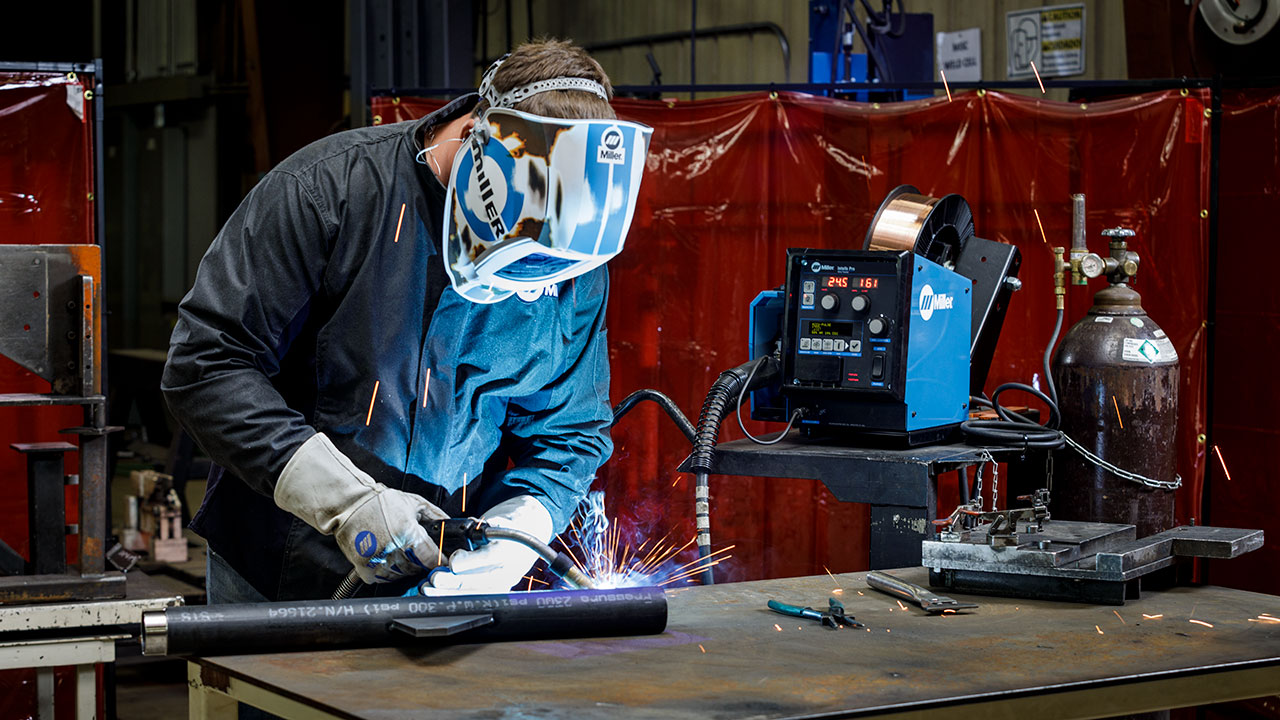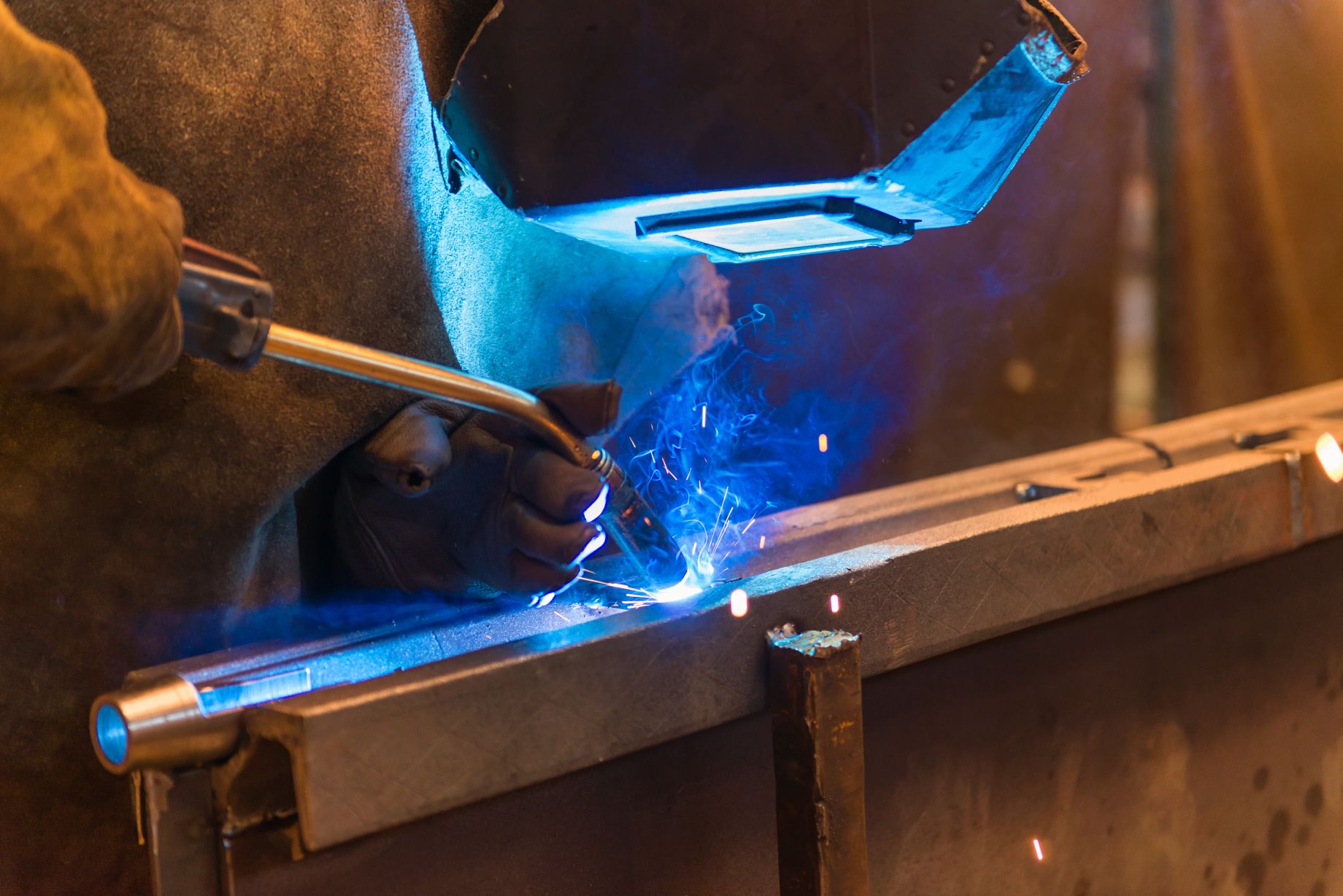How to Develop an Effective Welding WPS: Tips and Best Practices
How to Develop an Effective Welding WPS: Tips and Best Practices
Blog Article
The Ultimate Overview to Welding WPS Procedures: A Thorough Overview for Welders
In the elaborate world of welding, Welding Treatment Specifications (WPS) work as the foundation of making sure quality, consistency, and safety in welding procedures. Comprehending the subtleties of creating, executing, and monitoring WPS procedures is necessary for welders seeking to boost their craft and meet market criteria. As we explore the different elements of a WPS and discover the ins and outs of certification and qualification, we will reveal the essential role these procedures play in the realm of welding. Allow's start a trip to untangle the intricacies and importance of WPS treatments in welding techniques.
Significance of WPS Procedures
Comprehending the relevance of Welding Procedure Requirements (WPS) treatments is important for making sure the quality and integrity of welded structures. WPS treatments function as a roadmap for welders, outlining the necessary actions, parameters, and materials called for to accomplish a sound weld. By adhering to WPS standards, welders can ensure uniformity in their work, causing structurally sound and trustworthy welds.
One of the primary reasons why WPS procedures are vital is their function in maintaining weld high quality and stability. Adhering to the defined welding criteria and techniques detailed in the WPS helps stop flaws such as porosity, breaking, or incomplete combination, which can compromise the strength and longevity of the weld.

Components of a WPS
A Welding Procedure Requirements (WPS) usually makes up vital components that detail the specific requirements for performing a weld, making certain consistency and high quality in the welding process. The crucial parts of a WPS consist of important variables such as base steels, filler metals, interpass and preheat temperature levels, welding processes, protecting gases, welding placements, and post-weld warmth treatment demands.
Base steels refer to the products being signed up with, while filler metals are used to fill the void between the base steels during welding. The welding procedure describes the details technique to be used, whether it's gas steel arc welding (GMAW), protected steel arc welding (SMAW), or an additional method. Welding settings define the positionings in which welding can be done.

Qualification and Accreditation
Having actually established the necessary elements of a Welding Treatment Requirements (WPS), the focus now moves in the direction of the important aspects of certification and qualification in welding methods.

Qualification, on the other hand, is the basics formal recognition of a welder's certifications by a pertinent qualification body or organization. Welding qualifications are typically based on the particular welding procedures, materials, and settings a welder is qualified to collaborate with. Holding a legitimate welding accreditation shows that a welder satisfies market criteria and is experienced to do welding jobs to the needed specs.
Producing a WPS
To create a Welding Procedure Specification (WPS) that fulfills sector standards, mindful consideration of welding processes, products, and operational specifications is important (welding WPS). The initial step in creating a WPS is to identify the welding procedure to be utilized, such as gas metal arc welding (GMAW) or shielded metal arc welding (SMAW) Once the welding procedure is determined, the next essential facet is picking the proper products, considering elements like base steel kind, density, and joint layout. Functional criteria such as welding current, voltage, travel speed, and protecting gas structure should also be carefully defined in the WPS.

Carrying Out and Keeping An Eye On WPS
Upon settling the thorough Welding Procedure Specification (WPS) that meticulously information welding procedures, materials, functional parameters, and top quality guarantee procedures, the focus changes to properly carrying out and keeping an eye on the established procedures. Implementation involves making certain that all welders entailed in the welding WPS task are acquainted with the WPS and follow it carefully during the welding procedure. Reliable application and monitoring of the WPS are crucial for making sure the integrity, strength, and safety of the bonded joints, ultimately contributing to the total success of the welding job.
Conclusion
To conclude, understanding and adhering to Welding Treatment Specifications (WPS) is essential for welders to guarantee high quality, uniformity, and safety and security in their work. By recognizing the components of a WPS, getting proper qualifications and certifications, creating in-depth procedures, and applying and monitoring them properly, welders can enhance their skills and proficiency in welding practices. Complying with WPS procedures is crucial for creating top notch welds and meeting market standards.
In the detailed world of welding, Welding Procedure Specs (WPS) offer as the backbone of making certain top quality, consistency, and safety and security in welding procedures. The welding process details the details strategy to be used, whether it's gas metal arc welding (GMAW), secured metal arc welding (SMAW), or another approach.To create a Welding Treatment Spec (WPS) that satisfies sector criteria, mindful factor to consider of welding procedures, products, and operational parameters is crucial. The initial action in creating a WPS is to identify the welding process to be utilized, such as gas steel arc welding (GMAW) or shielded metal arc welding (SMAW)Upon wrapping up the comprehensive Welding Treatment Specification (WPS) that diligently details welding processes, materials, operational criteria, and high quality assurance steps, the emphasis changes to effectively executing and checking the established treatments.
Report this page